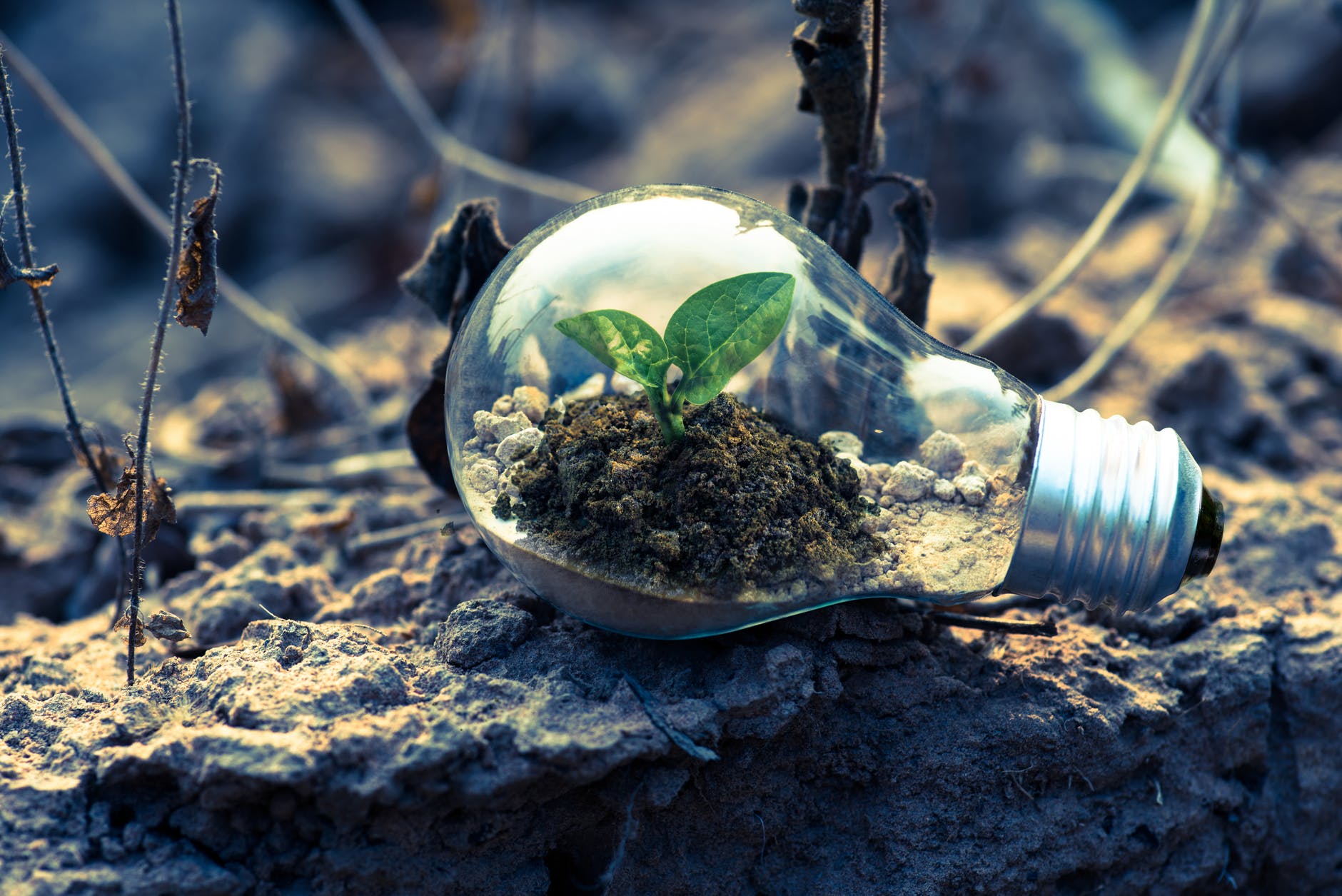Estimated reading time: 5 minutes
In the light of constantly changing climatic conditions, more and more people are talking about ecology. Green technologies, alternative energy sources, conscious consumption, and so on are the trends buzzing everywhere. But let’s look at examples of technologies and ideas that already help make our planet cleaner and safer.
Agriculture, Biofuels and Energy
The increase in the use of biofuels in the world is happening quite quickly, which is due to the growing understanding of the world community’s need to replace natural fuels with alternative ones to minimize the harmful impact on the environment and solve the problems of climate change. At the same time, agriculture plays a vital role in developing the market for biological fuels, in particular bioethanol and biodiesel, since it is plant products (corn, wheat, soybean, rapeseed, palm oil, sugar) that are the raw material for the biofuel industry.
The most important factor stimulating the increase in the production of biofuels is the problem of carbon dioxide emissions into the atmosphere, the concentration of which is catastrophically increasing, harming the environment and causing global climate change. One of the powerful sources of carbon dioxide emissions into the atmosphere is the process of burning fossil fuels (coal, oil, gas). And to minimize this adverse impact, we must switch to biofuels, the use of which reduces the level of carbon dioxide in the atmosphere. In addition to reducing greenhouse gas emissions, the use of biofuels allows for saving and receiving energy. Every litre of biofuel that replaces gasoline will benefit the environment.
Environment Sensors
Еhere is an undeniable need for accurate, inexpensive, and long-term monitoring of environmental pollutants using sensors located on the controlled object or directly at the desired point. Today, portable sensors that are easy to maintain are being sought for each considered class of pollutants (metals, radioisotopes, volatile organic substances, biological pollutants), providing a fast response and sufficient change detection.
Biotechnology
As areas of science and practice, biotechnologies are the border area between the biology and technology branches of human activity. They are a set of methods and techniques for obtaining products, phenomena, and effects beneficial for humans with the help of organisms.
Concerning the protection of the human environment, biotechnology can be considered as the development and creation of technological processes based on the products of the vital activity of biological objects, microbial cultures, communities, their metabolites, and drugs by including them in the natural cycles of substances, elements, energy, and information. The methods and techniques of biotechnology are the fundamental and applied developments of microbiology, biochemistry, biophysics, cell and genetic engineering, and their combination.
For example, the biotechnology of solid waste processing makes it possible to utilize biogas and reduce the energy deficit and significantly reduce the anthropogenic load on the environment, including reducing the components of the greenhouse gas.
Besides, biological treatment of natural and wastewater is also currently a somewhat studied and widely used method. The importance and role of which will only increase over time due to the requirements of environmental friendliness and efficiency of modern types of production, especially when it comes to oil spills. More so, there are biomaterials that can be used for carbon dioxide storage, helping to reduce the greenhouse effect and global warming.
Carbon Capture
To stop climate change, it is not enough to reduce carbon dioxide emissions: it is also necessary to get rid of the stock of CO2 that has already entered the atmosphere. Scientists suggest using plants for this. Plants naturally capture carbon from the environment and store it underground in their root systems. And the more profound the root system is located, the better this natural storage works. Now, scientists have found a gene that controls the depth of the root system. By changing this gene, they made the roots deeper, increasing the plant’s carbon capture abilities.
Artificial Intelligence
Artificial intelligence is the engine of the fourth industrial revolution. Today, many technology leaders and business leaders across industries are beginning to understand the considerable impact that the application of artificial intelligence technologies can have.
For example, Microsoft’s AI for Earth program, an AI platform based on the Microsoft Azure cloud, uses machine learning to analyze a huge amount of data from various sources. Using the platform, it will be possible to monitor changes in the ecosystem and make more rational decisions about natural resources. For instance, to track changes in forest areas, assess flood risks, and much more.
According to Microsoft, data analytics will enable a better understanding of this environmental problem to help solve it. To do this, Microsoft will collect ecological data worldwide and analyze it using computing power and machine learning. It will also use the platform to create and implement technologies that will help its partners and customers make business decisions based on how their actions may affect the environment.
Fundamentally, technologies play a huge part in planet salvation. Without modern technologies, timely and effective environmental monitoring and change detection would be impossible. Hence, using tech innovations is the only way to ensure climate change resilience, mitigate the harm to the environment, and prevent further natural resource depletion.
Share this content:
